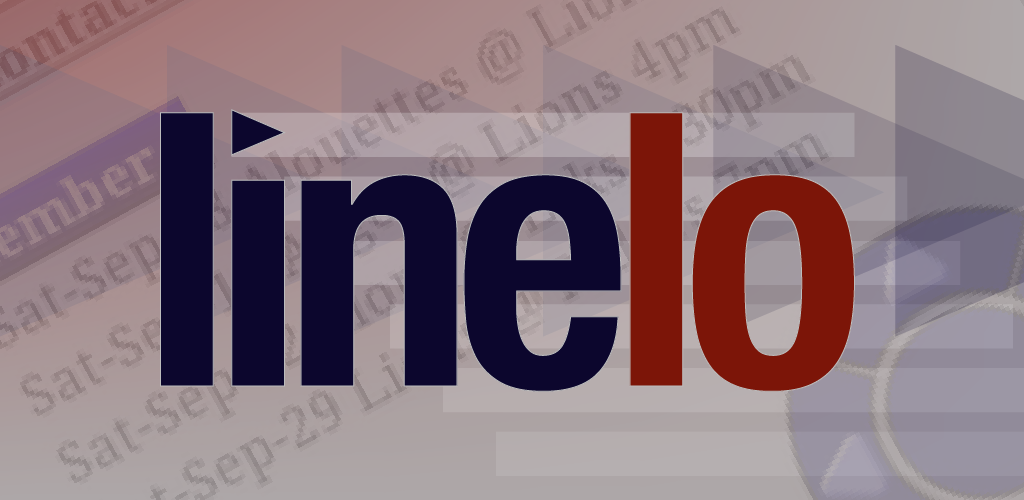Yesterday we put out a major update, with lots of small bug fixes and features, and one very significant new function. As you may recall, Linelo allows you to open public and shared files, such as
http://linelo.net/yegcc. Then we added the 'store locally' function, which meant that the file would be stored on your phone/tablet, so so the device wouldn't have to go back to the cloud every time you wanted to see the file.
That left us with a couple of options as to how we would like the file to look. On the one hand, we could take away all the editing functions and make it a completely read-only file. This is pretty much the way the web works -- you access lots of web pages but they are always "look but don't touch". You can read them, but that's it.
We really don't like that option.
Even before the Internet came along, when you had to buy a book in paper form, you had the option to whatever you liked with the pages. You could underline passages, bend the corners on the pages to mark your spot, even rip pages out to take with you. (I remember more than once stepping into a telephone booth, grabbing the yellow pages, and finding the page I wanted had been ripped out by somebody else.) In short, the physical thing was yours, to do with as you please.
So our model is different. Once you pull the page down, you can edit it just like you would your own Linelo file. You can move lines around, add your own notes, delete stuff you don't care about, add some formatting, whatever you like.
Of course, this completely changes the relationship between author and reader. Especially for reference documents, the author can put in lots of stuff you don't care about. The reader then has the option to just keep the bits that are relevant.
Let's take an example.
The
yegcc file lists all local politicians (mayor/councillor/trustee) for every ward in Edmonton, as well as all the unsuccessful candidates from the 2013 election. Now that the election is over, you might want to delete all stuff except the contact information for the representatives for your own ward, and be left with just a small, simple, useful file that allows you to send in requests to fix the potholes to just the right people.
Caveat...
But there is one caveat.
Let's suppose the original author of yegcc decides to add contact information for other city departments. Now you have to decide whether to grab the new version of the document or keep your original, whether to "refresh" your yegcc file. If you do this, all of your changes will be lost - replaced by the new version from the cloud. That's why there is a warning before your refresh the file, that any changes you have made will be lost.
If you have changes you want to keep, you can copy them into your own notes file before doing the refresh.
If you have LineloPro you will also have the option to "merge" the changes, so the effect of the refresh will be to combine the author's changes with yours. But that's a story for another day.



